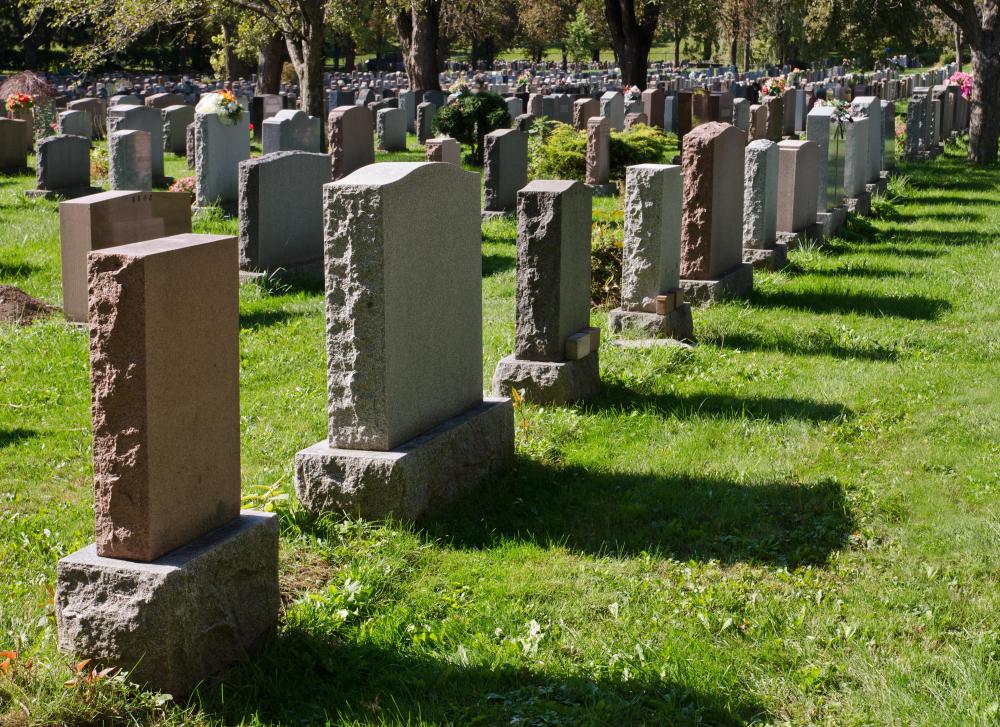At WiseGEEK, we're committed to delivering accurate, trustworthy information. Our expert-authored content is rigorously fact-checked and sourced from credible authorities. Discover how we uphold the highest standards in providing you with reliable knowledge.
Why Was There a Need for “Coffin Torpedoes” in the 1800s?
It may sound like something out of a sci-fi or horror film, but the "coffin torpedo" was a real invention – and it served a useful purpose.
Illegally exhuming newly-buried corpses routinely occurred in the 19th century, with grave robbers selling the cadavers to medical schools that required them for anatomy lessons and dissections. As it was almost impossible to obtain a cadaver through legal means, the illicit trade of dead bodies became a serious problem.

With this issue – and the public's fear – in mind, a Columbus, Ohio man named Philip K. Clover created an ingenious device – the torpedo coffin. He received a patent in 1878 for a shotgun-like mechanism that fired out lead balls from the coffin lid if it was opened. A few years later, a judge named Thomas N. Howell (also in Ohio) patented the "grave torpedo," which was essentially a landmine wired to the coffin that would detonate if grave robbers disturbed it.
However, although these explosive devices received a lot of attention in the newspapers of the time, they don't seem to have been widely manufactured or used. Other deterrents, such as locking mechanisms and sealed vaults, were probably more common.
Hands off that coffin!
- Clover described the objective of his invention as "prevent(ing) the unauthorized resurrection of dead bodies." Howell's product was advertised in far more poetic language: "Sleep well sweet angel, let no fears of ghouls disturb thy rest, for above thy shrouded form lies a torpedo, ready to make minced meat of anyone who attempts to convey you to the pickling vat."
- Perhaps the most famous incident involved deceased Ohio congressman John Scott Harrison, the son of US President William Henry Harrison and the father of President Benjamin Harrison. In 1878, John Harrison became the victim of body snatching – his remains were later found at the Ohio Medical College in Cincinnatti in an incident that became known as the "Harrison Horror."
- The need for any kind of grave robbery prevention had pretty much evaporated by the 1910s, as medical schools gained increased access to unclaimed bodies. Advances in X-rays, microbiology, and surgery also meant that dissection became less important to the study of medicine.
AS FEATURED ON:
AS FEATURED ON:











Discuss this Article
Post your comments